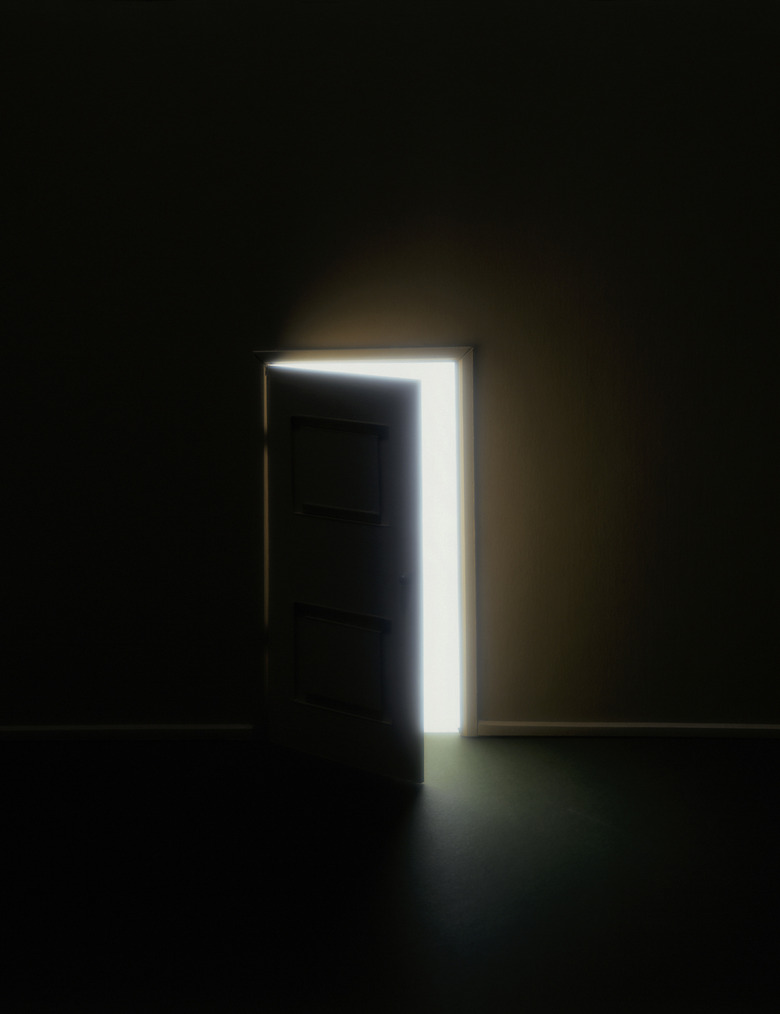How To Test A Room For Negative Pressure
Negative pressure is a phenomenon that occurs when the air pressure outside the room is greater than the air pressure inside the room. The pressure difference results in air being drawn into the room. For heating and cooling solutions, negative pressure results in less air being expelled from the air-conditioning registers. Negative pressure may be intentional, such as with a bathroom fan that prevents moisture and odors from escaping the room. Negative pressure may also result in dangerous conditions, such as when smoke from a fireplace, or gasses from combustion are drawn back into the room instead of being expelled properly.
Step 1
Close all the windows and doors in the room.
Step 2
Replicate the conditions under which you intend to test for negative pressure. For example, turn on the air conditioner, fans or other air-movement devices.
Step 3
Exit the room and close the door behind you.
Step 4
Inspect the bottom of the door. If there is a crack under the door, such as found in interior doorways, use the crack as the negative pressure test point. If the doorway is full sealed, open the door to create an opening approximately one-eighth inch wide.
Step 5
Hold the smoke tube near the crack. Depress the bulb to expel smoke. If the smoke is drawn into the room, the room has negative pressure. If the smoke is pushed away from the room, the room has positive pressure. If the smoke remains suspended in the air, the air in the room is at the same pressure as the air outside the crack.
Tip
Smoke tubes may be acquired at heating and cooling stores. For a quick negative pressure test, hold a thin piece of toilet tissue against the outside of a slightly open door or window. Watch which direction the tissue moves. Negative pressure will draw the tissue inward.
Warning
Do not use candles or matches for pressure testing. The open flame can start fires.
